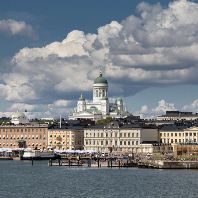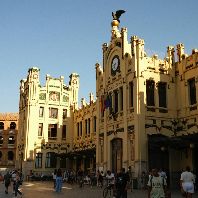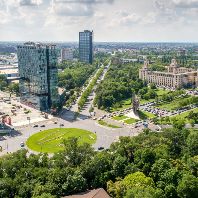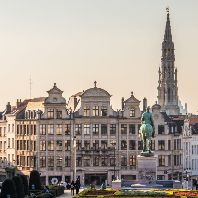 @Jeremy Woodhouse_shutterstock
@Jeremy Woodhouse_shutterstock
ECONOMIC OUTLOOK The signs of recovery have appeared in Spain, after some years of economic crisis. Most of main variables have improved: imports are increasing, as well as consumption, and consumer and business confidence. The labor market is entirely correlated with the macroeconomic development, and thus, the unemployment rate is still at very high levels. The unemployment rate in Cataluña, which has a population of around 7.4 million, stands at 20.22%, but the number of new contracts (especially in services) is already growing. In addition, credit access will also improve, affecting households and SMEs.
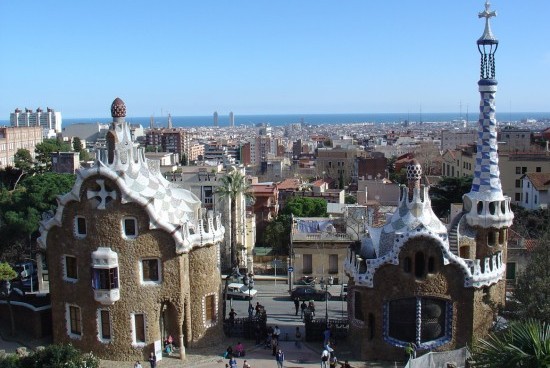 @Jordi Cerda
@Jordi Cerda
INVESTMENT MARKET Barcelona reached peak levels in total investment volume in 2007 and 2008. After these years, we saw a decrease in investment activity in both Barcelona and Madrid caused by the economic crisis. In 2013, we came back to a new growth cycle in all sectors due to the economic recovery. The number of investors continues to show interest in the city. Looking at purchasers, there are national, private investors and family offices, with the presence of some international institutional funds.
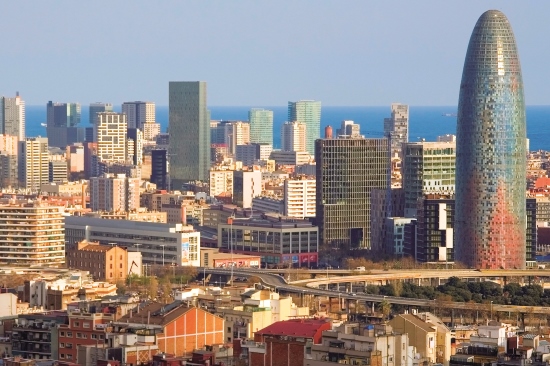 @Ekaterina Pokrovsky_shutterstock
@Ekaterina Pokrovsky_shutterstock
OFFICE MARKET Barcelona’s office market is divided in four sub-markets: CBD, City Center, New Business Areas (NBA), and Periphery. The CBD sub-market, which includes almost 15% of the total stock of the city comprises of prime buildings with the highest rents in the market, located in Av. Diagonal and Paseo de Gracia. The NBA (New Business Areas) sub-market incorporates the last extensions of Barcelona’s office market and includes areas such as 22@, Plaza Europa, Zona Franca, Plaza Cerdá, or Cornellá, where we can find tower buildings such as Torre Inbisa and Torre Mapfre. Finally, the Periphery includes areas such as San Cugat, Esplugues, Viladecans, Sabadell, etc. Rents here are the lowest in the office market.
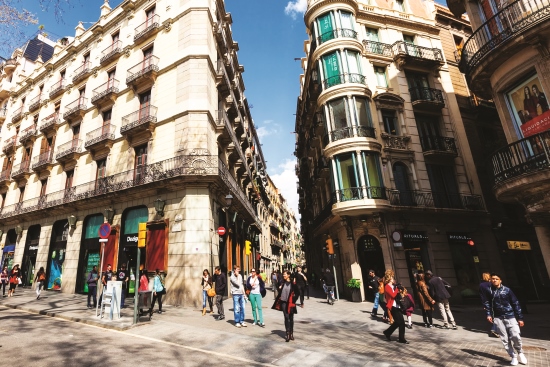 @Iakov Filimonov_shutterstock
@Iakov Filimonov_shutterstock
RETAIL MARKET In Barcelona, the high-street area is represented by six streets near the Plaza Cataluña: Paseo de Gracia, Rambla de Cataluña, Portal del Angel, Portaferrisa, Ramblas, and Pelayo.
Despite its large population and high income levels, Cataluña only accounts for 10% of the total shopping center retail stock in Spain. This is a result of the planning legislation, which does not encourage the development of shopping centers, and limits the granting of licenses. With limited future competition for existing centers, international investors have been very active. Strongly performing shopping centers include La Maquinista, Diagonal Mar, and L´Illa.
Another retail area of major importance is Barcelona’s airport, which boasts a large volume of successful shops. The airport competes with Madrid for passengers, and therefore consumers. So far, Barcelona has had the advantage of being a hub for low-cost carriers. However, this is likely to change due to the increased capacity in Madrid airport.
 @Diliff
INDUSTRIAL/LOGISTICS MARKET
Due to its excellent road connections, Barcelona is one the biggest logistics market in Spain. The prime area for logistics focuses around the El Prat Airport, the Port, and within a radius of 30 km; the El Barcelonés, Baix Llobregat and Vallés Oriental & Occidental are the core of the logistics activity. The secondary areas in Cataluña are: Alt Camp, Tarragonès, Bages, Gironès, and La Selva.
@Diliff
INDUSTRIAL/LOGISTICS MARKET
Due to its excellent road connections, Barcelona is one the biggest logistics market in Spain. The prime area for logistics focuses around the El Prat Airport, the Port, and within a radius of 30 km; the El Barcelonés, Baix Llobregat and Vallés Oriental & Occidental are the core of the logistics activity. The secondary areas in Cataluña are: Alt Camp, Tarragonès, Bages, Gironès, and La Selva.
As with so many other European countries, the key logistics locations are structured around the road network, the AP-7, AP-2 and C-58 being the main logistic corridor. In addition, the locations along the Mediterranean coast offer a good opportunities and transport facilities.
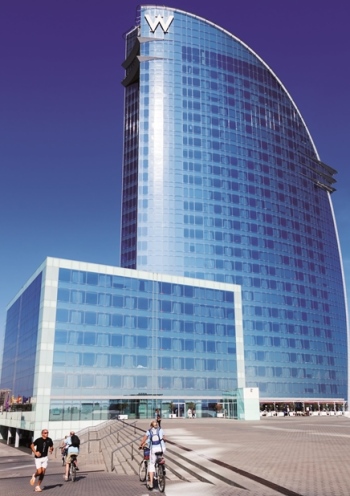 @Christian Mueller_shutterstock
@Christian Mueller_shutterstock
HOTEL MARKET Barcelona is seeing increases in occupancy rate, an increase in foreign demand, as well as moderate growth in the hotel market supply year after year. There is a total hotel supply in the city of around 73,437 beds in 583 hotels, mostly located in the districts of Ciutat Vella, Eixample, Sants-Montjuïc, Les Corts, Sarria-Sant. Gervasi, Gràcia, Horta-Guinardó, Nou Barris, Sant Andreu, and Sant Martí.
National hotels are the dominant ones, followed by independent hotels and international ones. Between 2011-2013, €782 million was invested to increase the quality of hotel supply, and to focus on congress tourism.
If you would like to promote your city, please contact media@europe-re.com.



